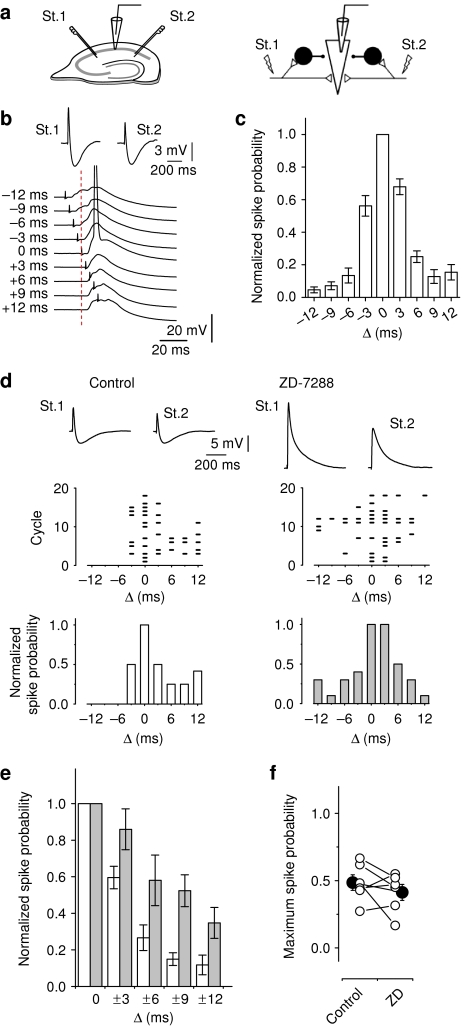Figure 1. Block of Ih widens the coincidence-detection time window.
(a) Two Schaffer collateral pathways (St.1 and St.2) were stimulated on either side of the recorded neuron ∼300 μm away from the soma to evoke EPSP–IPSP sequences. (b) Both pathways were then activated at different interstimulus intervals. Traces show sample responses. Stimulation intensities were adjusted so that the probability of evoking action potential was 50% when the two stimuli were delivered simultaneously. (c) Summary graph of probability of evoking an action potential against the interval between stimulations (n=19). (d) Sample experiment demonstrating a change in the coincidence-detection time window following Ih blockade with ZD-7288. Top: Sample traces recorded in response to stimulation of two pathways in control and after application of ZD-7288; middle: raster plots of spike generation; bottom: frequency histograms showing spike probability at different intervals between stimuli. (e) Summary graph of relative probability of firing at different interstimulus intervals in control conditions (open columns) and in the presence of ZD-7288 (shaded columns; n=6; P=0.011 for difference). (f) The probability of evoking an action potential by simultaneous activation of both pathways under baseline conditions and after the readjustment of stimulus intensity following Ih block (open circles: individual recordings; closed circles: averaged data; n=6). Error bars represent s.e.m.

